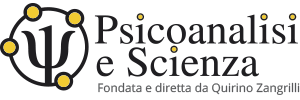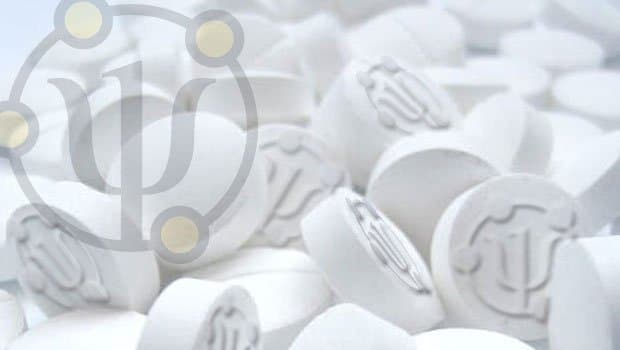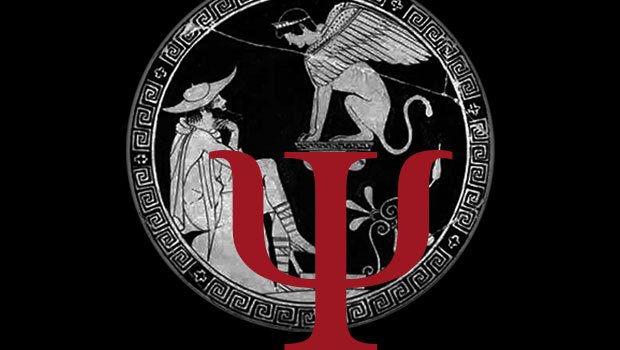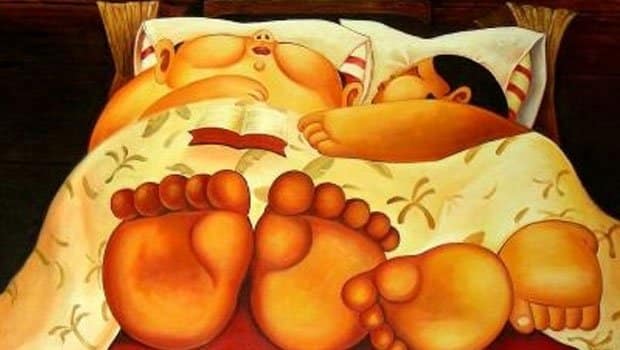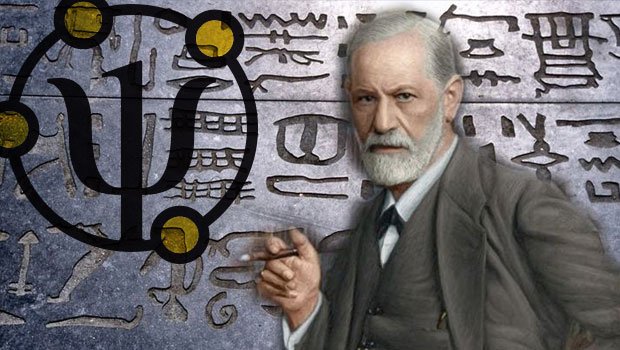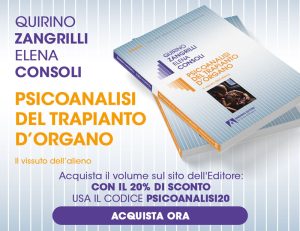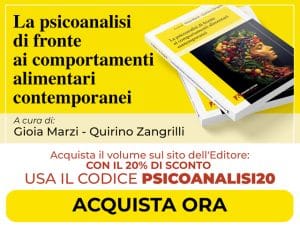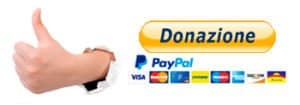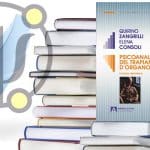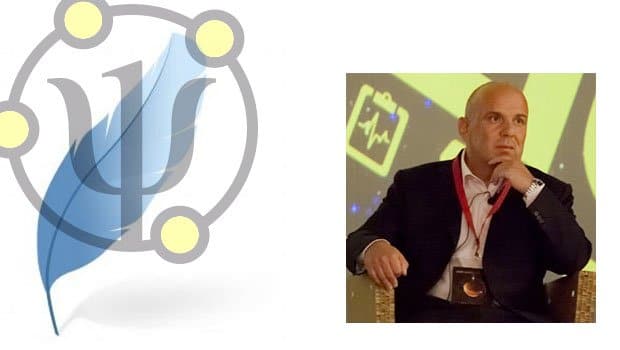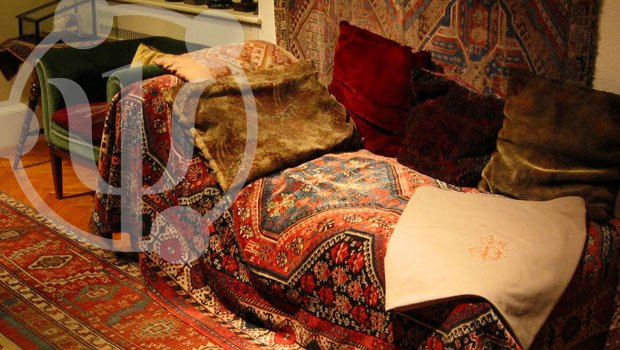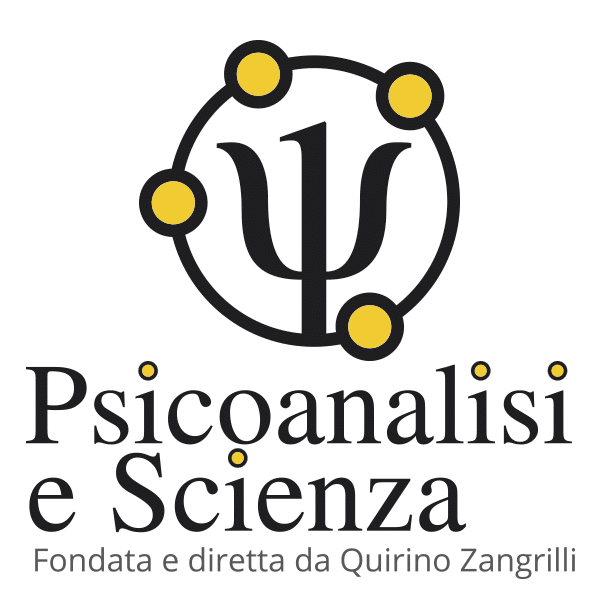In society, I have often listened to people who talk about their ‘would-be’ psychoanalytic experiences with dissatisfaction. When they are asked the length of time of their analytic therapy, we often hear them answer “once a week”, sometimes “twice a week”.
Moreover, delving a little further into the argument, many people refer that the setting practiced utilised the ‘face to face’ method: the would-be psychoanalyst and psychoanalysed positioned one in front of the other, as in a social conversation.
Before, I used to abstain from any kind of comment, then it came to me that I am a Doctor and that if a person I know told me that he is assuming a pharmacological therapy with an inadequate dosage, which implies the certain ineffectiveness of the treatment, I would feel obliged to warn him.
Nowadays, I tell them that I have some bad news and some good news to give them: the bad news is that they have wasted time, money and energy, the good news is that the psychoanalysis exists, in two varieties, classic and intensive, both very efficient. The modern narcissistic fashion of ‘Everything and Now’, which evidently ignores the popular Italian motto ‘He who tries too grab too much will end up with nothing’, has deceived, with the guilty complicity of ignorant journalists and improbable psychotherapists, legions of people who were looking for qualified help to mitigate their sufferance.
I would like to reassert some very simple concepts which I repute to be indispensable for qualifying a therapy as psychoanalytic:
– the minimum frequency for a psychoanalytic treatment is based on the performance of at least four sessions a week in the case of the classical psychoanalysis and three sessions a week in the case of the intensive psychoanalysis 1 (there will always be, however, the problem of the weekend break, the so-called ‘Monday encrustation’)
the best frequency remains the daily meeting, even better if done for more consecutive hours (which becomes necessary in borderline cases or in narcissistic or character neurosis).
As a guideline the more the analytic work is constant and prolonged, the more the analytic elaboration will be physiological and productive: I believe that this is an evidence that simple common sense imposes.
– the face to face method is absolutely incompatible with the study of the unconscious: good, interesting and gratifying conversations can be made which will end up fortifying the defence mechanisms of the patient and therefore his resistances but this experience will have nothing to do with psychoanalysis.
The psychoanalyst, in the classic analysis, remains outside the patient’s view, in micropsychoanalysis he remains slightly to one side. In both cases the aim of this position is to facilitate the patient’s essential task: the production of free verbal associations.
– in relation to this it is obvious that the guaranty of absolute respect of the professional confidentiality is vital throughout the whole analytical work (and obviously forever) and must never lack in any social circumstance.
– the session must be held in a tranquil and intimate surrounding: the psychoanalyst should not answer the phone or have any other form of external contact, if not for absolute necessity.
– the social interaction between psychoanalyst and analysed is not advised, with the exception of severe cases (borderline, narcissistic neurosis, autism) in which a mothering method is necessary. The social interaction, even though it should not represent a taboo (the psychoanalysts who casually meeting their patients outside the setting do not even greet them come close to ridiculous) should not be encouraged as it will render more and more difficult, if not impossible, the analysis and the necessary resolution of the transference neurosis, a pre-requisition for the end-analysis dynamic.
These are simple reference points, often disregarded, which seems right to me to let the readers of “Science and Psychoanalysis” know about.
To all those who could be interested in having a panorama of the psychoanalytic and micropsychoanalytic praxis I suggest reading the article by Prof. N. Peluffo “The Continuous Micropsychoanalysis. The Focal Treatment and the Micropsychotherapy: Practical Notions” appearing in this Review.
Translated by Linda De Nardo
E’ autore di 74 tra libri e pubblicazioni scientifiche. Ha partecipato in qualità di relatore o di presidente di sessione a numerosi Convegni scientifici nazionali ed internazionali.
Il suo libro “La vita: involucro vuoto”, pubblicato da Borla nel 1993, è in adozione dal 1994 presso la Cattedra di Psicologia Dinamica dell’Università di Torino.
Nel 1994 gli viene assegnato il “Premio Nazionale Ciociaria per la Medicina”.
E’ l’ideatore e fondatore della rivista multimediale “Psicoanalisi e Scienza”, la più seguita rivista di psicoanalisi on line al mondo in lingua italiana (Fonte: Entireweb, Alexa, Google, Virgilio, Arianna., etc.). Nel 2012 partecipa come Relatore alla Rassegna Scientifica di BergamoScienza.
Nel 2013 espone i suoi studi sull’nterazione materno-fetale nella Sessione Speciale dell’ XI Congresso Mondiale di Medicina Perinatale a Mosca con la relazione “Intrauterine Imprinting”.
Nel 2024 riceve il Premio Accademico d’Onore della Accademia Culturale Internazionale Cartagine 2.0.
Nel 2024 docente ad Almaty – Kazakhstan presso il workshop di psicoanalisi sul tema della violenza, promosso dall’Università di psicoanalisi di Mosca in collaborazione con l’Istituto svizzero di micropsicoanalisi.
Nel 2025 pubblica come curatore il libro “LA PSICOANALISI DI FRONTE AI COMPORTAMENTI ALIMENTARI CONTEMPORANEI” presso Armando Editore
Nel 2025 pubblica il libro “PSICOANALISI DEL TRAPIANTO D’ORGANO – IL VISSUTO DELL’ALIENO” presso Armando Editore
Doctor Quirino Zangrilli was born in Fiuggi in 1955. Graduated with honours in Medicine and Surgery in 1980, he practices Psychoanalysis, with intensive method, since 1982.
He is author of 74 scientific pubblications. He has attended as speaker or president of session to many national and international scientific Conventions.
His book “La vita:involucro vuoto” (Life: empty involucre), published by Borla in 1993, has been in use by the Chair of Dynamic Psychology at Turin’s University since 1994.
He is the author and founder of the multimedia review “Psicoanalisi e Scienza” (Psychoanalysis and Science), the most read Italian on line review of psychoanalysis.
In 2012 he participated as a Speaker at the Scientific Festival of BergamoScienza.
In 2013 he illustrated his research on the maternal-fetal interaction in the Special Session of the XI World Congress of Perinatal Medicine in Moscow with his relation “Intrauterine Imprinting”.
He is visiting teacher at Moscow Institute of psychoanalysis and training psychoanalist of Swiss Institute of Micropsychoanalysis.
In 2024 he is a teacher in Almaty – Kazakhstan at the psychoanalysis workshop on the topic of violence, promoted by the Moscow University of Psychoanalysis in collaboration with the Swiss Institute of Micropsychoanalysis.
In 2024 he received the Honorary Academic Award of the Carthage 2.0 International Cultural Academy
In 2025 he published as an editor the book “PSYCHOANALYSIS IN THE FACE OF CONTEMPORARY EATING BEHAVIOURS” at Armando Editore
In 2025 he published the book “PSYCHOANALYSIS OF ORGAN TRANSPLANTATION – THE EXPERIENCE OF THE ALIEN” at Armando Editore
Le Le Docteur Quirino Zangrilli est né à Fiuggi en 1955. Diplômé avec mention en Médecine et Chirurgie en 1980, il pratique la psychanalyse depuis 1982, en utilisant une technique intensive.
Il est l’auteur de 74 livres et publications scientifiques.
Il a participé en tant que conférencier ou président de session à de nombreuses conférences scientifiques nationales et internationales.
Son livre “La vie : enveloppe vide”, publié par Borla en 1993, est adopté depuis 1994 par la Chaire de Psychologie Dynamique de l’Université de Turin. En 1994, il a reçu le “Prix national Ciociaria de médecine”.
Il a conçu et fondé le magazine multimédia “Psicoanalisi e Scienza”, qui est le magazine de psychanalyse en ligne en italien le plus suivi au monde. (Source : Entireweb, Alexa, Google, Virgilio, Arianna., etc.).
En 2012, il a participé en tant que conférencier à la colloque scientifique de BergamoScienza.
En 2013, il a exposé ses études sur l’interaction materno-fœtale lors de la session spéciale du XIe Congrès mondial de médecine périnatale à Moscou avec le rapport “Intrauterine Imprinting”. Il est chargé d’enseignement au cours de spécialisation de trois ans en psychanalyse, psychothérapie psychanalytique et consultation psychanalytique à l’Université de Moscou.
Il est membre didacticien de l’Institut Suisse de Micropsychanalyse et de la Commission pour la Pratique de celui-ci.
En 2024, il enseigne à Almaty – Kazakhstan à l’atelier de psychanalyse sur le thème de la violence, promu par l’Université de Psychanalyse de Moscou en collaboration avec l’Institut Suisse de Micropsychanalyse.
En 2024, il reçoit le Prix Académique Honoraire de l’Académie Culturelle Internationale Carthage 2.0.
En 2025, il publie en tant qu’éditeur le livre « LA PSYCHANALYSE FACE AUX COMPORTEMENTS ALIMENTAIRES CONTEMPORAINS » chez Armando Editore
En 2025, il publie le livre « PSYCHANALYSE DE LA TRANSPLANTATION D’ORGANES – L’EXPÉRIENCE DE L’ÉTRANGER » avec Armando Editore
В 2024 году является преподавателем в Алматы – Казахстан на семинаре по психоанализу на тему насилия, проводимом Московским университетом психоанализа в сотрудничестве со Швейцарским институтом микропсихоанализа.
В 2024 был награжден Почетной академической премией Академии Международной Культуры «Карфаген 2.0».
В 2025 году он опубликовал в качестве редактора книгу «ПСИХОАНАЛИЗ В РАМКАХ СОВРЕМЕННОГО ПИЩЕВОГО ПОВЕДЕНИЯ» в издательстве Armando Editore
В 2025 году он опубликовал книгу «ПСИХОАНАЛИЗ ТРАНСПЛАНТАЦИИ ОРГАНОВ – ОПЫТ ЧУЖОГО» совместно с Армандо Эдиторе
